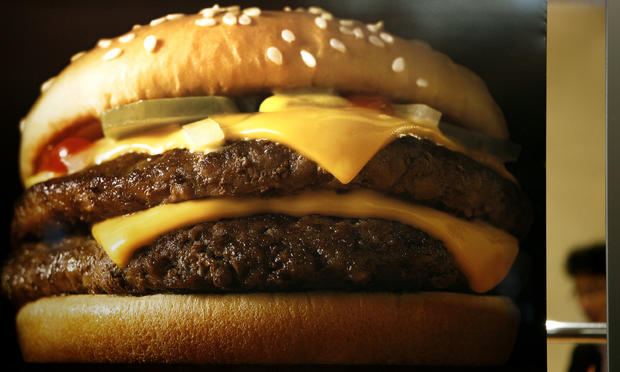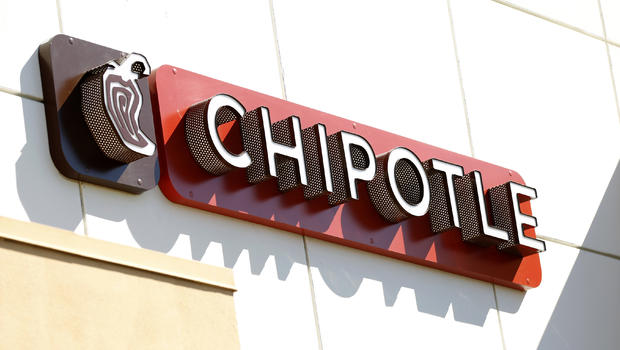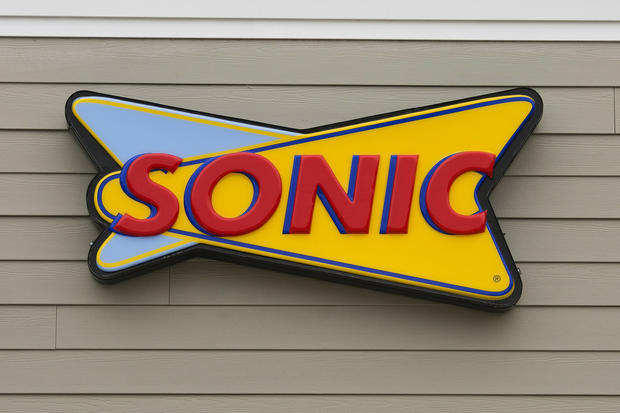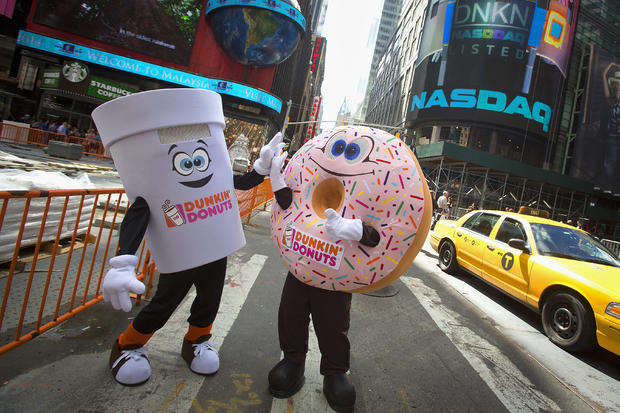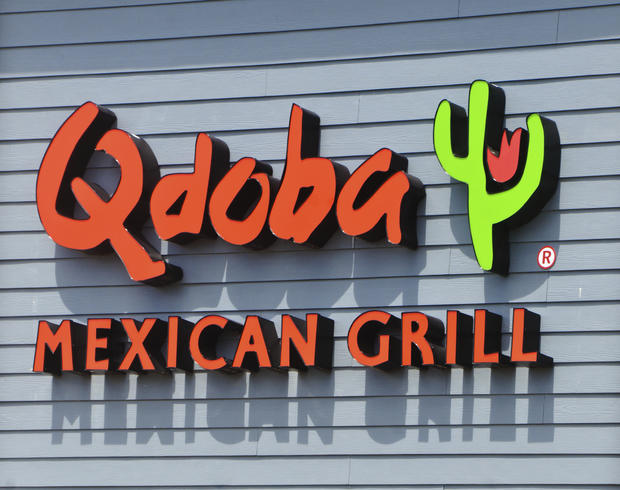9 things fast food is doing right
People love to hate fast food. The industry peddles cheap, low-quality fare. It teaches kids bad eating habits. Its deep-fried calories are contributing to the obesity epidemic and other health problems plaguing the nation.
But for all the animosity, fast food is still a massive industry in the U.S. McDonald's (MCD), by far the heavyweight in the sector, reported sales of $27.4 billion last year. Sales were down slightly more than 2 percent from the previous year, though.
McDonald's slump is a clear sign that times are changing for fast food. For one, children are eating less of it. A recent study in JAMA Pediatrics found that the percentage of children eating fast food on any given day fell to 32.6 percent in 2009 and 2010 from 38.8 percent a few years earlier.
Diners may be close to an inflection point of sorts, with many -- especially younger ones -- demanding healthier items with higher-quality ingredients. Yet others want prices to stay low and drive-thrus to get faster. It's a tough spot for many restaurant chains to be in. But this is a savvy bunch, and they're starting to adapt to the times. Sure, we hear plenty about their stumbles, but it turns out a few of them are making some smart business moves.
Click ahead to see 9 things that fast food companies are doing right.
1. Reducing antibiotics in chicken
As health officials grow more concerned about drug-resistant bacteria, McDonald's said it would phase out using chicken raised with antibiotics that are key to human health. It would still allow the use of antibiotics that don't impact human medicine.
The change is an important one. Meat companies have overused antibiotics for decades, and it's no coincidence that people are now dying from new breeds of superbugs that are resistant to drugs. Cattle ranchers and other agricultural users buy more than 30 million pounds of antibiotics a year -- or about 80 percent of all the antibiotics sold in the U.S., Eater reports.
Chick-fil-A is already in the process of removing all antibiotics from the chickens it uses. Now, the pressure may ramp up on KFC to cut back on the antibiotics used in its chicken.
2. Chipotle’s profit formula
Chipotle Mexican Grill (CMG) is categorized more in the realm of "fast casual" food, but it's still considered a competitor to McDonald's, Taco Bell and others. The chain is blowing the others out of the water when it comes to financial performance, however.
The company said profit rose a whopping 52 percent and sales rose 27 percent in the last three months of 2014. Just as impressive: When you look at restaurants open at least a year -- a key gauge for the industry -- sales rose 16 percent.
Chipotle doesn't offer the cheapest lunch out there, and it doesn't need to. Customers gladly pay more for organic and locally raised ingredients that don't have antibiotics or pesticides. The company even went so far as to suspend pork sales in some restaurants earlier this year when it found that one of its meat suppliers wasn't meeting its strict standards.
Chipotle's profit margin is up to 12 percent, an impressive number for the industry.
3. Sonic’s momentum
Last month, Sonic (SONC) posted a blow-out quarter and said its per-share earnings would grow by 25 percent to 27 percent this year, up from its earlier estimate of between 14 percent and 20 percent. That's a massive increase, one that Wall Street doesn't see very often. The stock has been an investor darling for a while now, rising 36 percent in the last year.
"Not every mid-priced restaurant chain is performing this well, even with lower gas prices," writes Tracey Ryniec on Zacks.com. "It's dog-eat-dog out there in the race for the consumers' dollars."
What is the drive-in chain doing right while the much larger McDonald's flails? It's constantly innovating with its menu, for one. The company hired a new head chef from Sweden who changed the company's "ice milk" dessert (think soft serve) to real ice cream milkshakes, Benzinga reports. Ice cream sales have risen 50 percent since 2011.
4. Wendy’s image overhaul
Wendy's (WEN) is in the middle of a massive remodel of its restaurants, dumping the tired-looking brick facade for a new look that includes soaring glass windows, dark gray trim and a distinctive red "blade" featuring its logo.
The new look has aesthetic appeal, but the motivation behind it is profit-driven. A remodeled store can see sales uptick of as much as 30 percent, The Columbus Dispatch reports.
Executives wanted more people to dine inside the restaurant rather than taking food away. People who eat inside tend to spend more, the Dispatch reports. "People want a nice, new, clean, cool place to eat," one industry consultant told the newspaper.
5. Dunkin’ Donuts’ new beverages
As gas prices have fallen and the economic recovery continues, people have more money to spend on fast food. Dunkin' Donuts (DNKN) is seizing the financial opportunity with a new line of drinks.
Dunkin' Donuts debuted a new dark roast coffee last year and is sending new blenders to its U.S. restaurants to make frozen beverages, including smoothies, a Coolatta Lite and a cold Dunkaccino.
The innovation extends to the food side of the menu as well. The chain is selling a Turkey Sausage sandwich on multigrain flatbread for breakfast, for example.
6. Chick-fil-A’s customer service
Chick-fil-A patrons regularly gush about the customer service at the chain's locations. In the drive-thru, for example, employees are polite as can be and always end a conversation by saying "My pleasure."
The phrase was inspired by the Ritz Carlton hotel chain, according to Fast Company. Chick-fil-A has been named the best drive-thru in America by the trade publication QSR.
7. Qdoba’s revival
Qdoba floundered in what CEO Lenny Comma described as "a sea of sameness or in the copycat brand space," according to Nation's Restaurant News.
The chain, which is owned by Jack in the Box (JACK), decided to undergo a vast transformation that Comma said was "in your face." Translation? Restaurants with a bright, bold design to match its food.
The overhaul included closing 62 underperforming locations, NRN reports, and changing the menu to give customers guacamole and queso sauce for no additional charge. The move appears to be a wild success: Qdoba's same-store sales in the first quarter saw a 14 percent spike compared with a 2.3 percent gain a year earlier.
Jack in the Box is going full-speed ahead with Qdoba's expansion plans as well. The company owns more than 600 Qdoba locations and wants to open as many as 60 in its current fiscal year.
8. Dropping sodas from kids’ menus
Fast food chains still serve sodas to children upon request. But they're less likely to recommend the sugary drinks now.
Last month, Burger King (BKW) became the latest company to remove fountain drinks from its children's menu. The move follows similar actions at McDonald's and Wendy's. Burger King now suggests milk, chocolate milk and apple juice for children.
Health officials say soda plays too big a role in the diets of many U.S. children.
9. A new crop of healthier choices
For decades, the industry has been dominated by a handful of chains. But consumers are now demanding more diverse and healthier dining options, and a new breed of fast food restaurants is rising to the challenge.
Amy's Kitchen, a natural foods company that has products in Safeway and other grocery stores, will open its first drive-thru location in California in May. It will offer an all-vegetarian menu that includes veggie burgers, single-portion pizzas and burritos.
Another company in California is planning an all-produce fast-food restaurant in Oakland this year. In Arizona, a gourmet salad drive thru is opening its fourth and fifth location this year. Salad chain Sweetgreen has several dozen locations in Washington D.C., New York, Virginia and other states.
To be sure, none of these companies is ready to take down McDonald's. But they are offering healthier options for less money than you might think, ratcheting up the pressure on Ronald McDonald and others to turn over a new leaf.
